2015 season review - Hamilton supreme when it mattered
What might have become of the 2015 FIA Formula 1 World Championship had Nico Rosberg been able to demonstrate the stunning form which saw him win the final three races? It’s a question that will feature strongly in 2016 pre-season talk. But was it all due to team mate Lewis Hamilton having wrapped up the title in Austin, and thus perhaps easing off a fraction? Or had Nico found his mojo at last, just as Lewis - spectacular for so often - lost his?
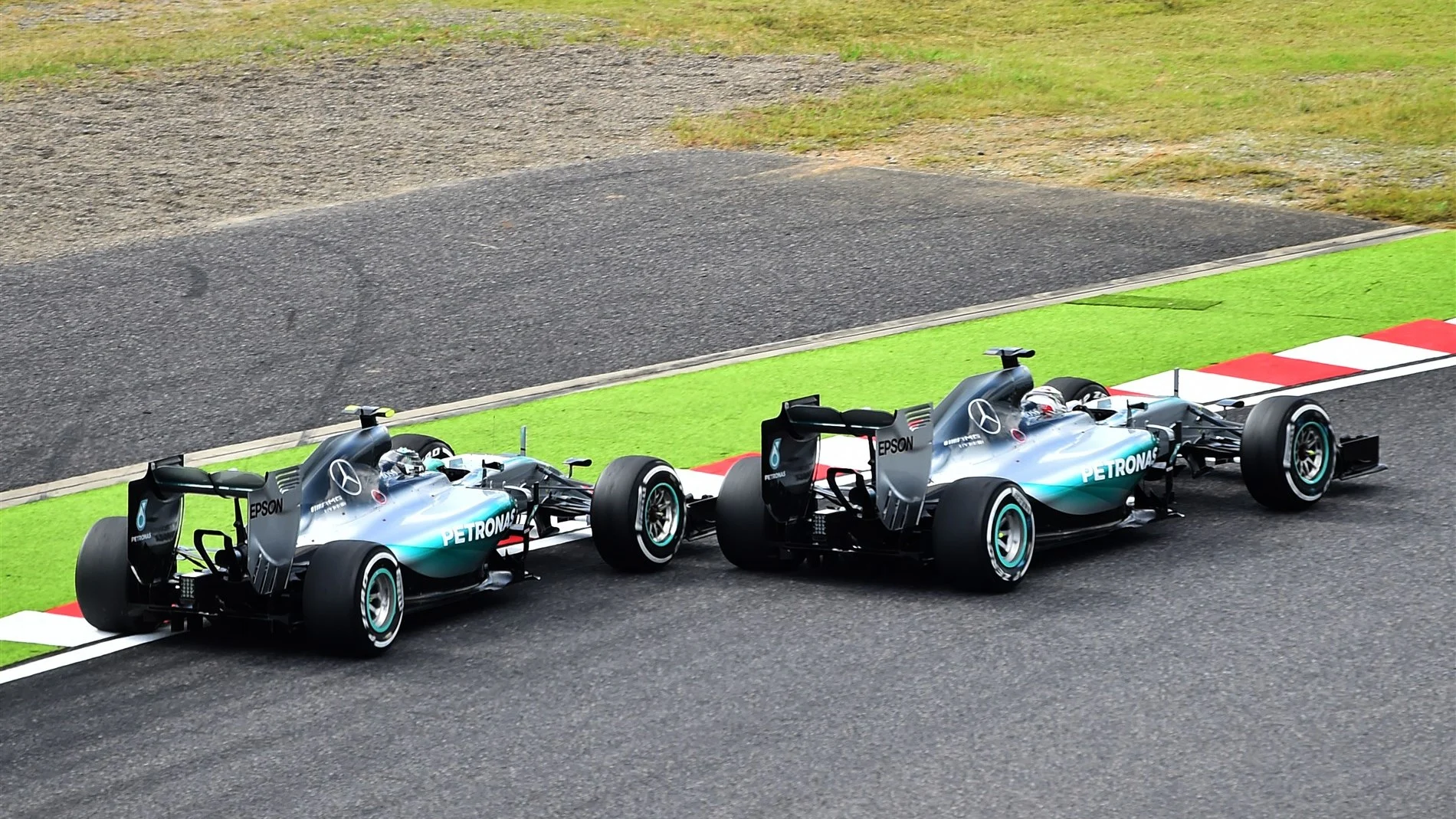
Lewis Hamilton (right) won ten races on his way to the 2015 drivers' title; team mate Nico Rosberg six
For sure Mercedes got some unjustified stick at the end of the season for their insistence on strategies that favoured their lead driver (whoever it was), but the fact that they have always allowed their men to race has always been to their credit.
But before we get to possible reasons for Hamilton’s ‘decline’ - lest we forget he still finished a very close second in the final three races, and pushed Rosberg hard - let’s look at how their intra-team battle played out this time.
Right from the start, Hamilton looked super-comfortable and incredibly quick - and to Rosberg’s surprise was more often the man on pole. And he was stronger is races to begin with, too. The reigning champion won easily in Australia, before being beaten into second in the surprise of the season as Sebastian Vettel and Ferrari demonstrated how much progress they had made by winning in Malaysia.
Thereafter things settled down again for Mercedes with Hamilton victorious in Bahrain and China before Rosberg beat him fair and square from pole in Spain.
Hamilton should have won easily from pole in Monaco, where he had finally and convincingly turned the tables on his team mate after two years of defeat. The Englishman got everything together and was utterly dominant, but that very dominance misled Mercedes’ strategists into an ill-fated late-race pit stop that cost their man his most deserved success of the year. Of course, the Silver Arrows still won, courtesy of Rosberg, who headed Vettel home after neither had stopped again, and Hamilton trailed them in third place, barely able to contain Red Bull’s Daniel Ricciardo.
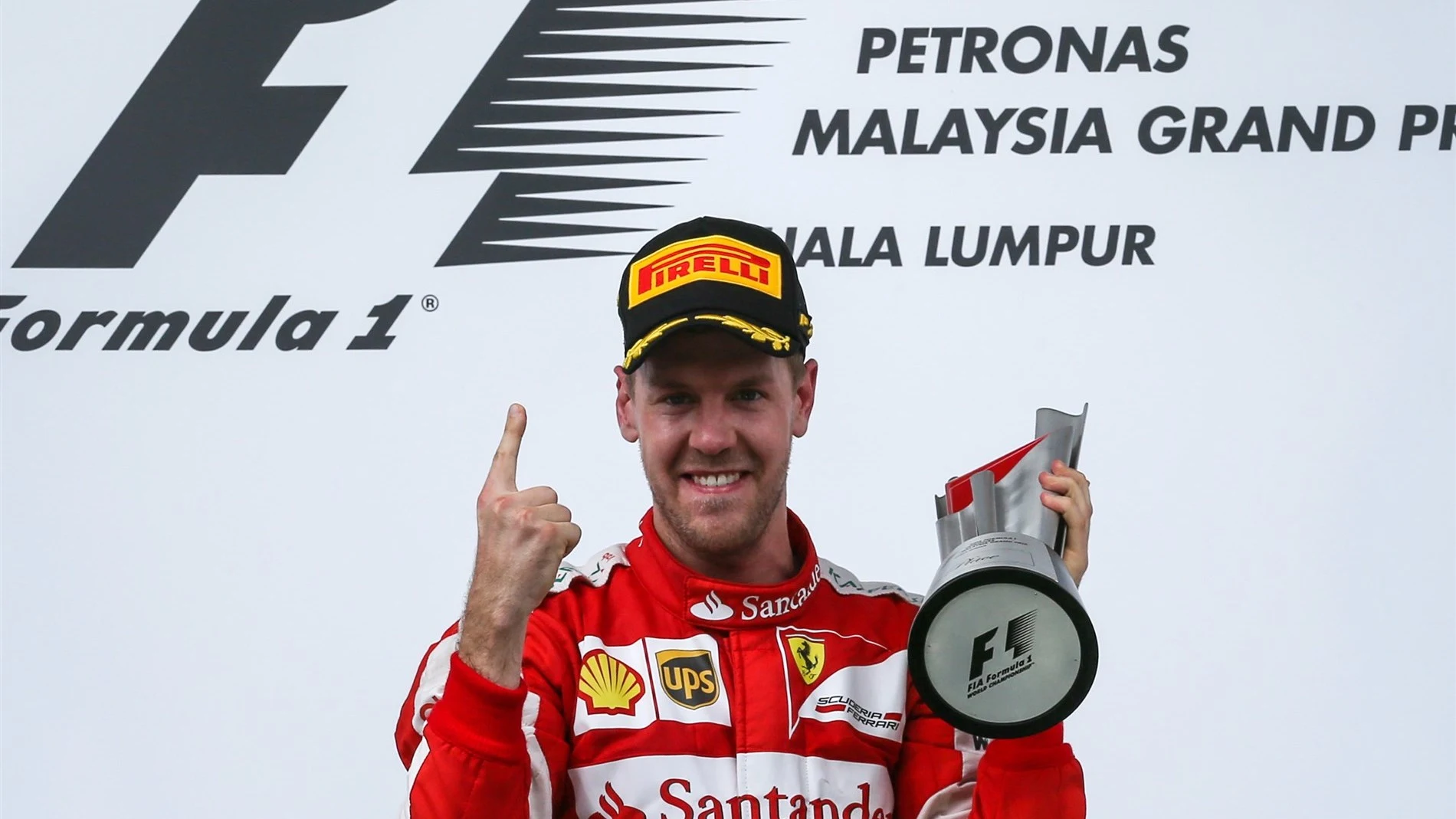
Sebastian Vettel, who picked up his first win for Ferrari in his second race for the team, was Mercedes main threat throughout the season
The only thing that prevented the race from being an utter public relations catastrophe for Mercedes was the dignified manner in which Hamilton dealt with the fiasco.
The reigning champion was back on form immediately in Canada, where he led Rosberg home, before the German beat him again in Austria. Hamilton then judged the weather brilliantly to win in Britain as the battle that raged so tantalisingly between the two men in 2014 swung back and forth once more.
On the British track, however, poor starts had given both Mercedes drivers work to do to overhaul the Williams duo of Felipe Massa and Valtteri Bottas, and further poor getaways enabled the Ferraris to pounce again in Hungary. As Vettel won from the Red Bulls of Daniil Kvyat and Daniel Ricciardo, Hamilton - who went off early on and was latterly penalised - was Mercedes’ best-placed runner in sixth behind Toro Rosso’s Max Verstappen and McLaren’s Fernando Alonso; Rosberg - after a late puncture - was eighth.
Hamilton was back on top from Rosberg in Belgium, and won again at Monza where his team mate’s engine broke. Curiously the Mercs were way off the pace in Singapore as neither driver could generate tyre temperature, and as Vettel won again for Ferrari Hamilton retired for the only time in 2015, with Rosberg only fourth behind Ricciardo and Raikkonen.
An aggressive second corner move on Rosberg won the race for Hamilton in Japan, and he took Russia too when the German ran into throttle problems, then another hard move at the first corner in Austin set the scene for arguably the best race of the season. Both drivers struggled to generate tyre temperatures in the greasy early conditions when Ricciardo and Kvyat were at their most dangerous for Red Bull, but as the track dried out Rosberg had the advantage until he made a mistake and slid off track far enough to enable the challenging Hamilton to pounce. That dramatic success was a major shot in the arm for F1 in the US, and won the Englishman his third title, enabling him to achieve a childhood dream of emulating his idol Ayrton Senna.
Mission accomplished for Hamilton, thereafter the victories belonged to Rosberg, who converted three poles into three glorious successes.
But what was it that had changed?
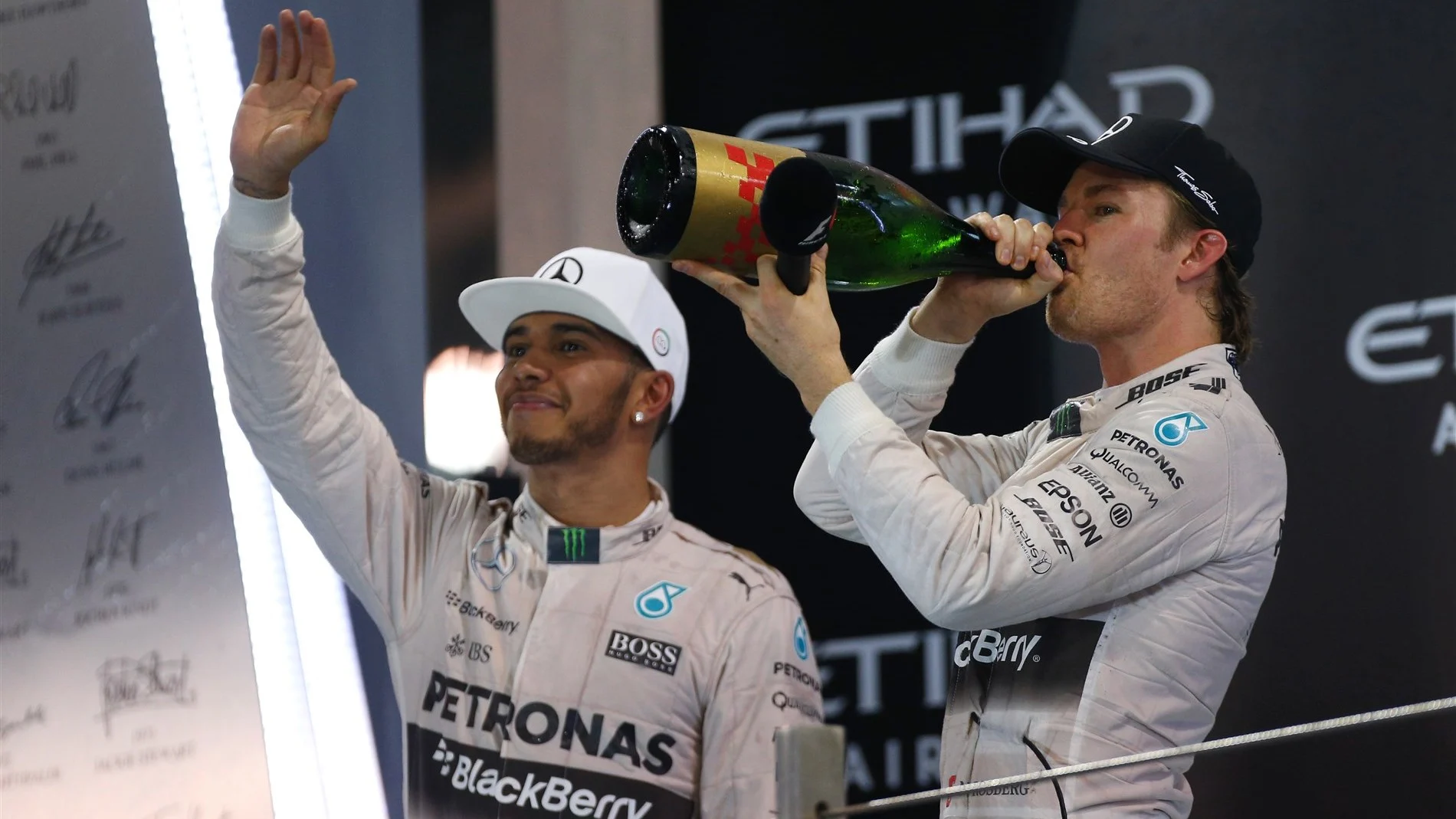
Rosberg's run of victories came too late to deny Hamilton - but they raise the prospect of another tantalising battle in 2016
After Singapore Mercedes modified their complex hydraulic suspension system - which is like the old front and rear inter-connected (FRIC) layout which was banned in 2014 but without the front to rear link. The new set-up suited Rosberg better than it did Hamilton, who began to feel that the car was no longer as “phenomenal” as it had been in the first half of the season, and no longer “really beneath” him, and that he had lost half a second as a result.
Altogether, Mercedes won 16 of the 19 races, 10 for Hamilton, six for Rosberg, and they finished 1-2 on 12 occasions. In the pole stakes, Hamilton had 11 to Rosberg’s seven. By any standards, the Silver Arrows had another season of devastating success that ultimately yielded 703 points to Ferrari’s 428; indeed, that was more than Ferrari’s and Williams points (257) added together.
Ferrari, nonetheless, made some major progress in 2015. Pre-season new team boss Maurizio Arrivabene had spoken optimistically of winning perhaps two races, and everyone was rocked when new-boy Vettel delivered one of them only second time out. That owed much to the high ambient and track temperatures in Sepang, but the German did it again at Hungaroring after beating the Mercedes off the line, and for a third time in Singapore where the silver cars were way off their usual pace.
The SF15-T was a strong car which was generally best-of-the-rest, only rarely being upstaged by William’s FW37 or by the underpowered Red Bull RB11. Kimi Raikkonen was, somewhat disappointingly, usually no match for team mate Vettel, and Bahrain aside it was almost always the German who provided Mercedes their strongest opposition - keeping them honest in the races and even threatening to turn the championship into a three-horse race at times. Ferrari reckon their engine is almost a match for the Mercedes, which means about 875 bhp, and the signs are that their challenge will be even stronger in 2016.
With 257, Williams failed to score as many points as they did in 2014 - 320 - and though they repeated their third place overall, they had a generally disappointing year. The FW37 was not as competitive as the FW36, and though there were some good moments - such as running 1-2 for a while after fast starts at Silverstone - they came nowhere near emulating Massa’s late-season charge in the double-points finale last year. There were some procedural drop-offs - such as when Bottas ran both compounds of tyre at the same time in Belgium - and the decision to work on the FW38 towards the end of the year definitely hurt development. They have plenty to ponder over the winter.
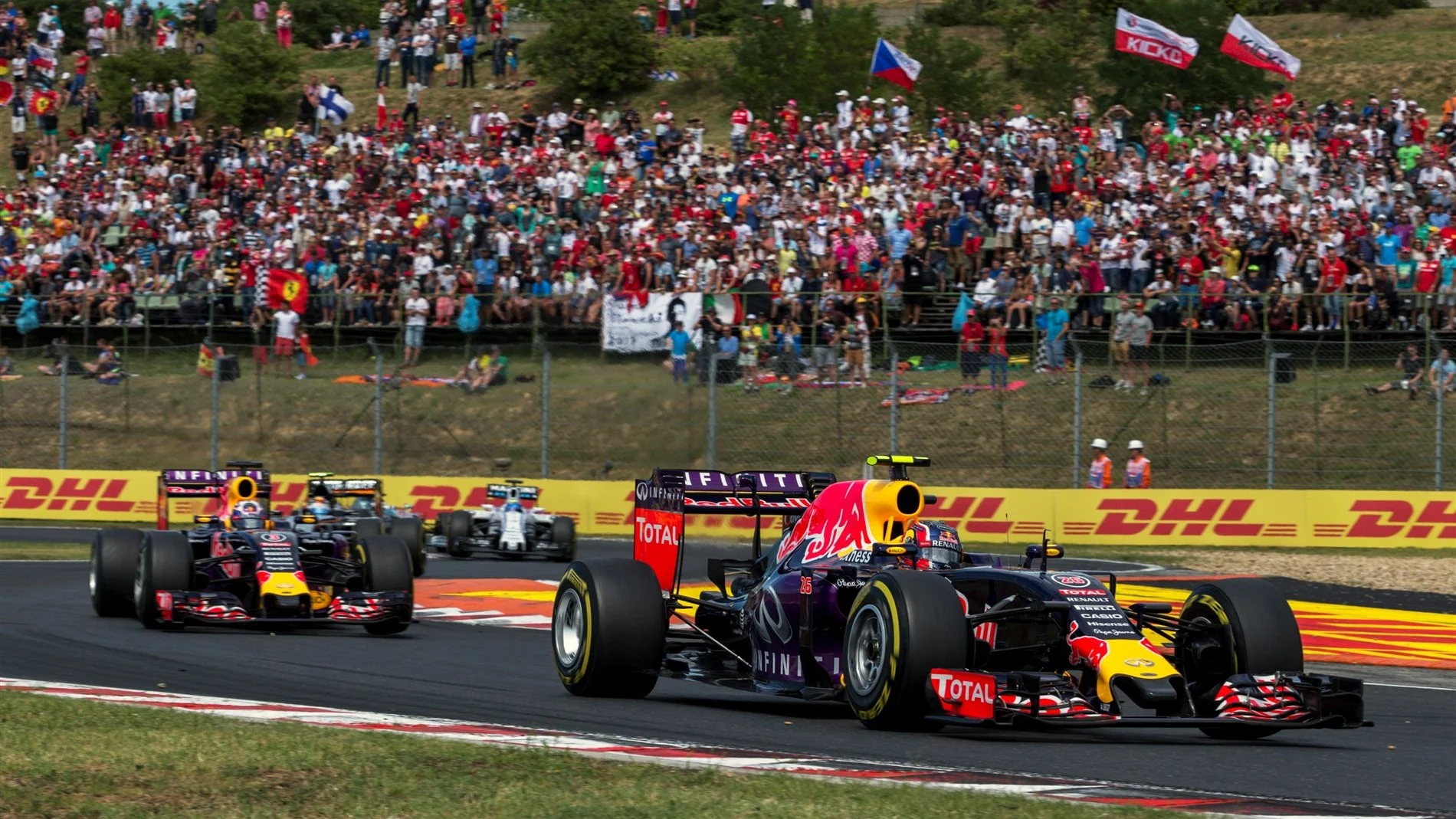
Red Bull's season highlight came in Hungary when Kvyat and Ricciardo finished second and third
Off-track issues overshadowed Red Bull all season, but the former champions still scooped fourth in the constructors’ stakes. They made no bones about their frustration with Renault’s slow rate of development of a power unit that had already been criticised in 2014, and by mid-season it looked like the marriage was over as the team cleared the way for what was expected to be a deal with Mercedes. When that fell apart and deals with Ferrari and Honda were also not forthcoming, the Milton Keynes squad patched things up with Renault once more.
Though there were no victories this year, on the bright side the RB11 emerged as one of the best chassis in the field after modifications in Hungary - where Kvyat led Ricciardo home in a 2-3 behind Vettel - made it more predictable. After a hesitant start Kvyat had a great post-Monaco season which included that first podium at Hungaroring and saw him finish one place and three points ahead of the man who had upstaged Vettel the previous year. Ricciardo, meanwhile, reminded everyone of his ability with a great drive in Texas which had seen him disappearing over the horizon before a safety car intervention saw the Mercedes reel him back in.
Force India were one of the great success stories of the year, going a place better than they had during an impressive 2014 and taking fifth overall as they continued to punch well above their weight. Despite a start to the season that was compromised as they awaited new aerodynamic developments following the switch from their UK wind tunnel to Toyota’s facility in Germany, they scored their best-ever constructors' championship result to show that the day of the successful independent is not yet over. Sergio Perez was a particular star in the second half of the year, scoring the team’s only podium finish of the year in Russia.
Lotus and Toro Rosso batted for sixth place all season. The former were handicapped by financial problems throughout the year, but the Mercedes-engined E23 was a good car and their greatest day of the season came courtesy of Haas-bound Romain Grosjean who scored a much-needed podium with third place at Spa. The team’s future does however look rosy with Renault’s takeover all but complete.
Toro Rosso took the brave step of hiring two rookies, 17-year-old Max Verstappen and 20-year-old Carlos Sainz, and the gamble paid off brilliantly. They were both wild at times, and they had much to learn, but they kept each other on their toes and both proved that they deserved their places in the big league. In the STR10 they also had a great car that, had it been Mercedes-powered, would have surprised many of their rivals. As it was, mechanical reliability let them down quite often, without which they would have finished ahead of Lotus.
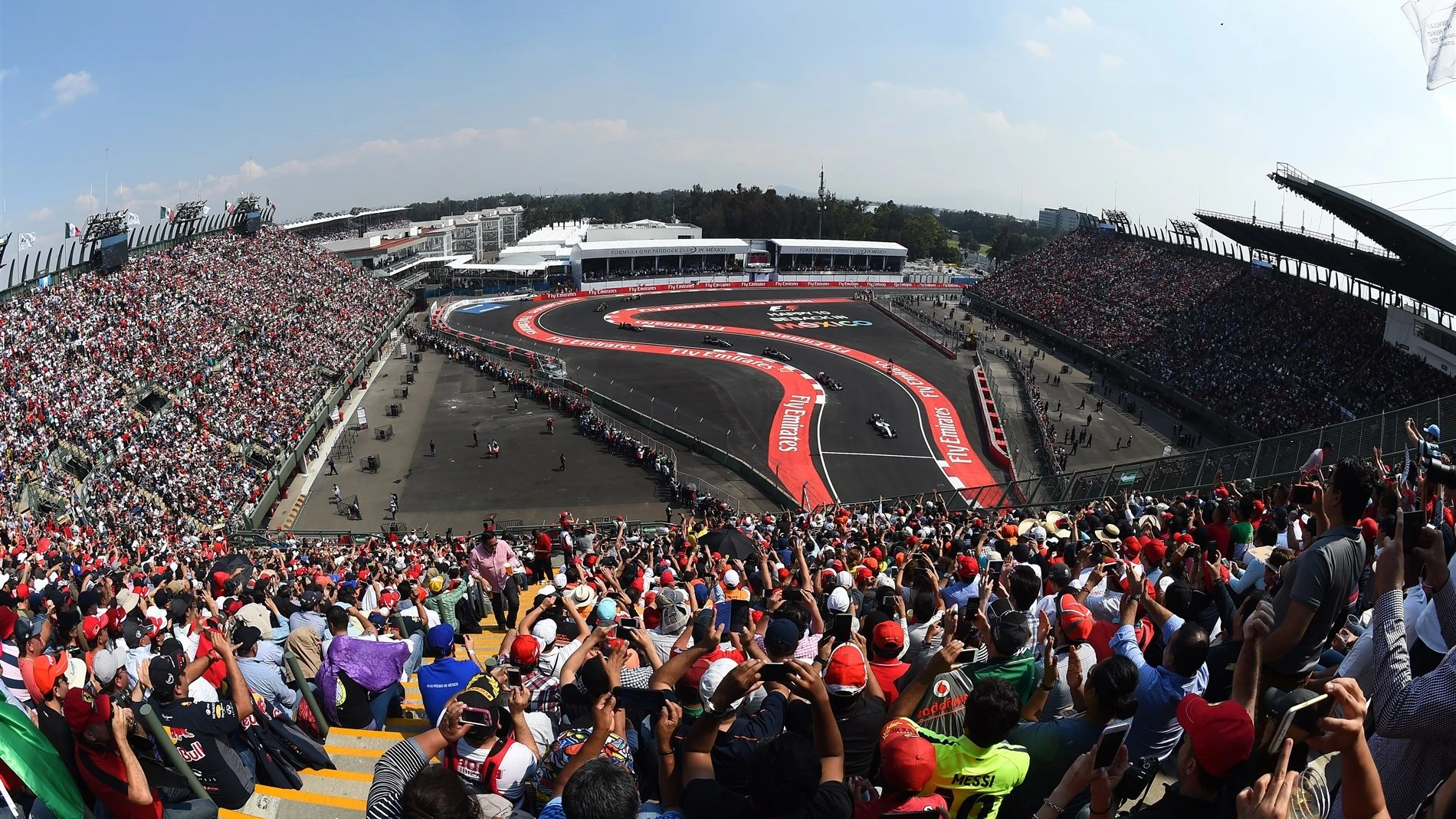
F1 racing's first visit to Mexico in 23 years provided one of the highlights of the season
Sauber had a bad start with public legal arguments with Giedo van der Garde in Australia, which was alleviated somewhat on raceday when rookie Felipe Nasr took an excellent fifth place. But thereafter they struggled with development, though Nasr and team mate Marcus Ericsson generally proved evenly matched.
McLaren had one of the toughest seasons of their illustrious history as Honda’s new powertrain struggled horribly with its ERS systems. Despite frequent claims from Honda chief Yasuhisa Arai that the latest version of the engine would now match Renault, then Ferrari, it was often 20 km/h down on the straights, had poor deployment and lacked reliability. Both Fernando Alonso and Jenson Button accrued more penalties than a season of Premier League football, and they amassed a measly 11 and 16 points apiece. The nadir of a brutal year came as the cars were blown off so badly on Honda’s home ground at Suzuka that Alonso likened the Honda V6 to a “GP2 engine.”
Through the refusal of team founders Graeme Lowdon and John Booth to give up, Marussia rose phoenix-like from administration to get back on their feet by Malaysia, and though the aged MR03B was no match for any other car, Will Stevens, Roberto Merhi and Alexander Rossi got them home with 14 double finishes in their 18 races. As such, Lowdon and Booth could leave the team with their heads held high.
The second season of the new 1.6-litre turbocharged V6 power units and their complex ERS systems saw power outputs edge up to around 875 bhp. Aerodynamics remained important, but it was still the power unit that was the real performance differentiator for the second year running.
Tyre conservation remained crucial, and Pirelli generally had a reasonably successful season in terms of compound choice and achieving the planned balance of grip versus built-in degradation from circuit to circuit.
Tragedy once again touched the sport in July when Jules Bianchi succumbed to the injuries he sustained during the 2014 Japanese Grand Prix. His passing, together with the death of former Minardi and Jaguar star Justin Wilson through head injuries sustained in an IndyCar race in August, prompted further discussion about safety and closed cockpits.
But if those were the undoubted lows, there were plenty of highs too. The highlight of the season, the race in Texas apart, was F1 racing’s triumphant return to Mexico. The race was a massive success, boosted by the presence of Sergio Perez and his run of strong performances which sparked national pride and provided unerring evidence, if it were needed, of Formula One racing’s enduring international appeal.
Next Up
Related Articles
 Norris collects World Championship trophy at FIA Awards
Norris collects World Championship trophy at FIA Awards An exclusive look into Pierre Gasly's off-track life
An exclusive look into Pierre Gasly's off-track life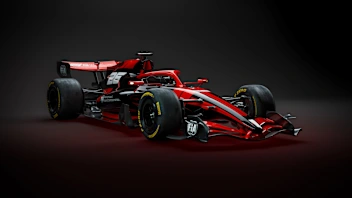 GALLERY: Check out renders of the innovative 2026 car
GALLERY: Check out renders of the innovative 2026 car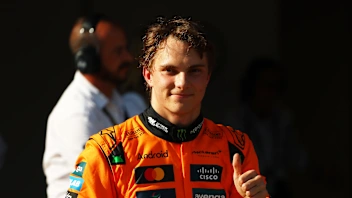 Piastri reveals lessons that will ‘only make me stronger’
Piastri reveals lessons that will ‘only make me stronger’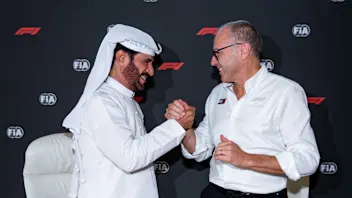 F1, the FIA and 11 teams sign 2026 Concorde Agreement
F1, the FIA and 11 teams sign 2026 Concorde Agreement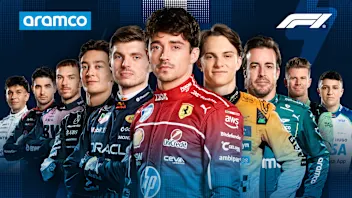 Power RankingsWho did our judges rank as the best F1 driver of 2025?
Power RankingsWho did our judges rank as the best F1 driver of 2025?